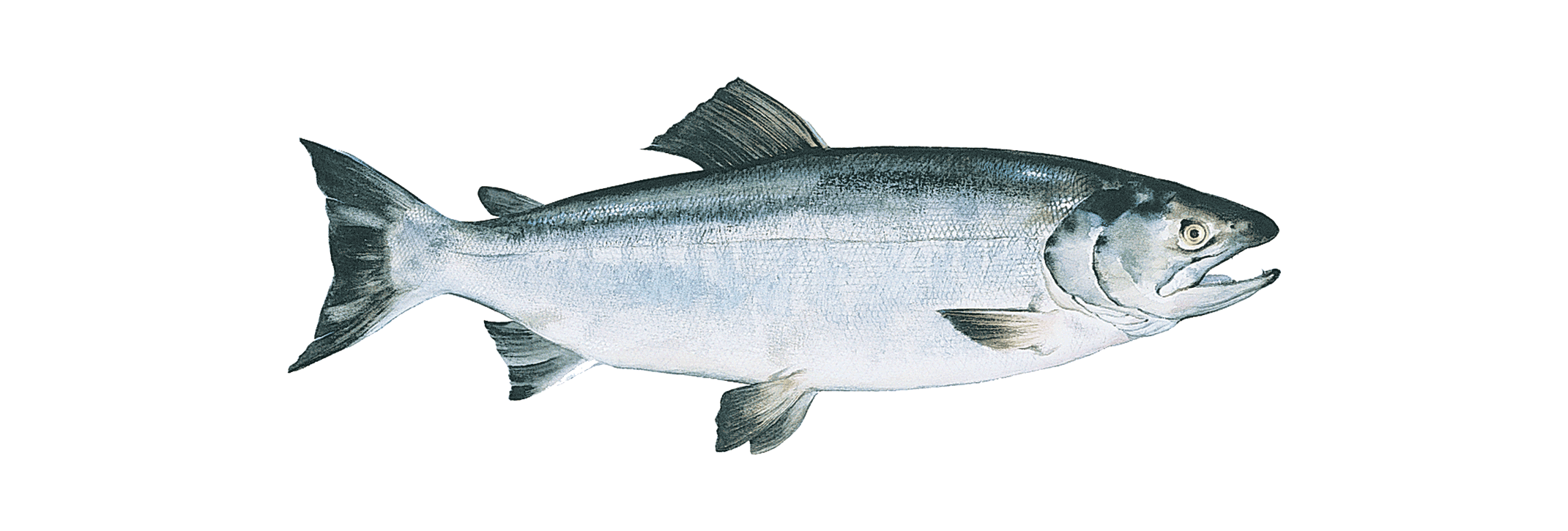The Yukon Delta is a tough place to be a teenager. There is very little to do recreationally or socially and now as the town struggleswith declining runs ofKing salmon, the call from beyond the village echoes more strongly. Still, many young people are passionate about their culture and the intense vein of family that runs through the community.
This piece will be intimate stories that radiate from the summertime epicenter of the local Youth Employment Program, The Egg House, where the roe of the commercial salmon catch is processed.
This project will be the primary focus of our fellowship program (described below) by taking advantage of our relationships with Yupik teenagers and young adults. We will empower them to tell and capture their own stories in a way that no outsider could.
Dramatic arcs include participating in the family’s subsistence harvests of salmon, seal, moose and waterfowl; the build-up to departure from the village to attend college; and glimpses of the personal relationships of the young people of Emmonak and the neighboring villages of Alukanuk, Kotlik, and Nunam Iqua, that will seem familiar to us all.



